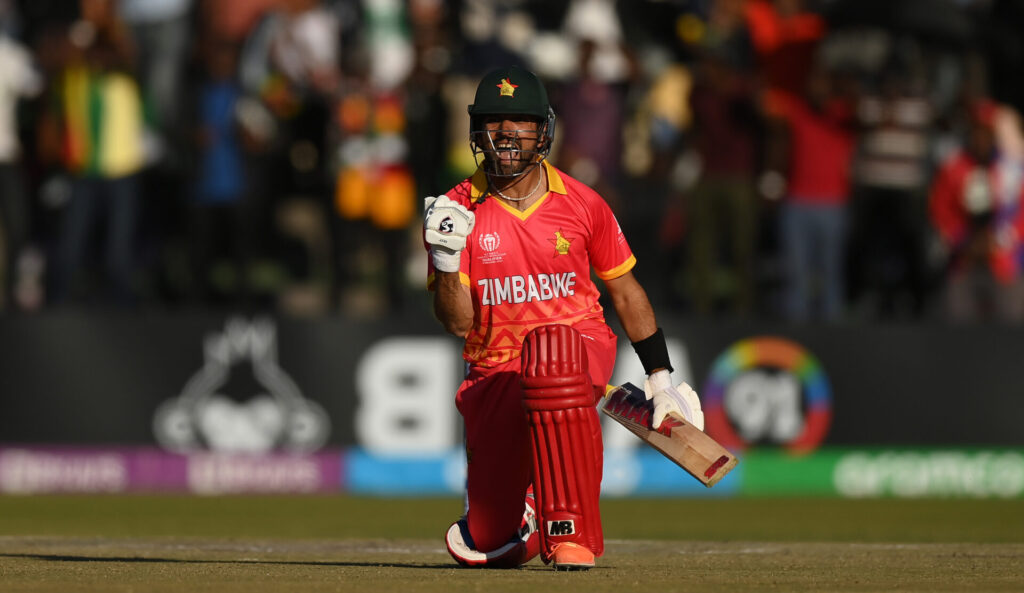
Nate
Personally, I do think the format is subpar, but I agree with pretty much everything else.
As Rod says, cricket needs a moral awakening, but what does that look like? Nick points out, rightly, that the ICC is powerless without the support of the most influential full members. Apparently the ICC has the support of these bodies as it prepares to limit the number of Full Member overseas players in franchise T20 playing XIs to four. While this is certainly good news to Associate Member cricketers, isn’t there something wrong about a national governing body scheming to limit professional opportunities for their own cricketers?
How can we have a truly moral design if the livelihood of the cricketers who make this game possible are not at the front of our considerations?
Rod
But Nate, the ICC is the most influential Full members, in the sense that they wield the power in the Executive Board, with the BCCI threatening to cut out anyone who doesn’t toe the line. There are good people on the ICC staff, not least in Global Development, but they often find themselves firing bullets made for them by Board policies. Who decided to abolish the Super League? Who designs and pushes through a deeply inequitable resource allocation model? Who will decide the qualifying system for the 2028 Olympics? And who will decide to get rid of bilateral ODIs if they reckon more money can be made elsewhere?
Nate
Absolutely. So we’re left with an inevitable Oligarchy that we’re hoping will do the right thing.
This is like asking the billionaires on the planet to come together and solve global warming. It’s everyone’s problem except their own. There are nothing but elephants in the room and none of them have mirrors.
These discussions about the relevance of ODI cricket shouldn’t be terribly surprising, and aren’t exactly new. Not that any of us in this round table are surprised. I see Jarrod Kimber’s recent content as him exploring creative scenarios more than he is endorsing the end of ODI cricket. As he says in a recent video titled “Can we save ODI cricket?”, even if we do save the ODI game, “the best case scenario we have is that we still have three formats alive, where only one is promoted and the other two spend all their time just looking at each other trying to figure out which one is the third wheel.”
It hasn’t made sense to me that ODI is the league format for top Associate Members, at least since 2019, when International status was extended to Associates for T20. It seems to me that the Cricket World Cup League Two would be an amazing structure for a T20i league. That said, I really do enjoy Associate Member ODI much more than Full Member ODI, which is horribly unbalanced and boring.
This is like asking the billionaires on the planet to come together and solve global warming. It’s everyone’s problem except their own.
We have shared our frustrations over the past cycle regarding how none of the more powerful teams or their media have seemed to even notice the Super League. This is objectively ridiculous, but this is the way things are. I think if International cricket were to always be league play, and anything outside of that were to be considered a “friendly” or exhibition, then it would change that narrative and the way we talk about cricket. Don’t call it the Super League, or Cricket World Cup League 2, etc. Eoin Morgan isn’t going to say those words anyhow. All of these names for these competitions are too wordy and imply that we need to pay attention to something else. Just swap “rankings” with a table, and now the only question to ask is “is this a real game or a friendly?”
Go ahead and do divisions, but relegation/promotion is a whole other can of worms.
Adit
Nate, you just gave me a great idea! Since cricket is all about assigning which games have status and which don’t, what you said about distinguishing between games that are “real” and “friendlies” can be realised by giving international status to matches within league structures, while matches outside the leagues are treated like the warm-ups immediately before ICC tournaments where teams use 15 players each. No idea if the ICC or whatever governing body could swing that past their voting members, but it would be an interesting way to keep the Big 3 from just scheduling matches against each other.
And while we’re talking about our ideas that might be good irrespective of how likely they are to be implemented, I have a pitch for a multi-tier white ball league structure with promotion/relegation that might just be palatable for Full Members big and small.
However many divisions we have and however many teams there are in them, at the halfway point in the league cycle, the top and bottom teams in the divisions should be split – in the top tier, teams finishing in the top half play another round robin of series among themselves to decide who wins the league (prime opportunity for Big 3 to play matches among themselves within the league structure – if they earn the right), while bottom-half top tier teams progress to a playoff group where they meet top-half teams from the second tier.
Teams finishing at the top half of the playoff progress to the top tier in the next cycle, those in the bottom half play in the second tier. Repeat for however many divisions we have. For the teams finishing in the bottom half of the bottom tier, they can play off against teams that start the cycle outside the league but qualify through their regions. The top half of these playoffs progress to the bottom tier in the next cycle, preventing the league from being a closed shop.
We can quibble about how many divisions there are, how many teams per division, how many games to play etc., but the point is that it gives deserving teams below the top tier a chance to play higher-ranked opposition outside of a major tournament, while ensuring that any team who earns promotion is good enough to consistently beat the bottom teams from the tier above (equally, any team that gets relegated has to be bad enough to consistently lose to teams from the tier below). It suits cricket’s slower-moving mobility compared to football, but provides an avenue for mobility nonetheless, particularly to the top tier. Thoughts?






